August 2, 2016
What Anaïs Nin can teach us about the way we design and use workplaces
 Although the author and feminist icon Anaïs Nin was born and raised in France by Cuban parents, she is most commonly seen as an American literary figure. Like many of the mid 20th Century’s most pioneering writers and thinkers on social and gender issues, her fame appears to have slowly eroded, perhaps because much of what she wrote about at the time was for the time. She documented much of her life in diaries and letters and so we know a great deal about her as a person, including how much she loved New York while remaining open minded about its deficiencies. In a 1934 letter to her then lover Henry Miller, she laid out her thoughts on the city, and especially its physicality. One of the most eternally resonant aspects of her description is the idea that it is what a person brings to a place that makes it come alive. Culture eats design for breakfast. The stage setting is meaningless without the play and the players.
Although the author and feminist icon Anaïs Nin was born and raised in France by Cuban parents, she is most commonly seen as an American literary figure. Like many of the mid 20th Century’s most pioneering writers and thinkers on social and gender issues, her fame appears to have slowly eroded, perhaps because much of what she wrote about at the time was for the time. She documented much of her life in diaries and letters and so we know a great deal about her as a person, including how much she loved New York while remaining open minded about its deficiencies. In a 1934 letter to her then lover Henry Miller, she laid out her thoughts on the city, and especially its physicality. One of the most eternally resonant aspects of her description is the idea that it is what a person brings to a place that makes it come alive. Culture eats design for breakfast. The stage setting is meaningless without the play and the players.







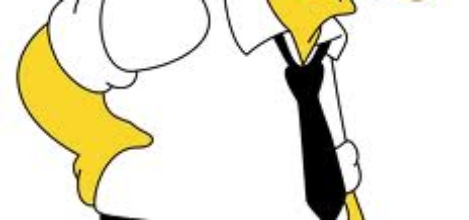
 There is a lurid headline in today’s Telegraph proclaiming that ‘Working in an office is as bad as smoking’. It’s been picked up by a number of other news outlets, has been splashed all over search engines and will no doubt join
There is a lurid headline in today’s Telegraph proclaiming that ‘Working in an office is as bad as smoking’. It’s been picked up by a number of other news outlets, has been splashed all over search engines and will no doubt join 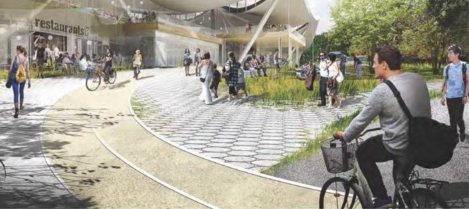
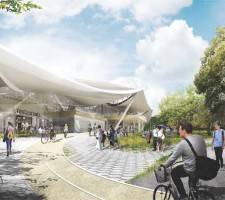 In March,
In March, 
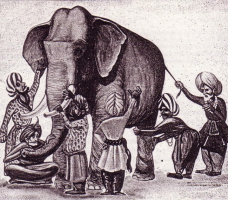 There is an ancient Asian parable which has found its way into a number of cultures including Hindu and Buddhist lore. In one version, the Buddha tells of a king who has nine blind men summoned to his palace. An elephant is brought in and they are asked to describe it. Each man feels a different part of the elephant and describes it to the king. In turn they tell him it is a pot (the man who feels the head), a winnowing basket (ear), a ploughshare (tusk), a plough (trunk), a granary (body), a pillar (foot), a mortar (back), a pestle (tail) or a brush (tip of the tail). They disagree violently with each other to the amusement of the king, and the Buddha surmises that ‘in their ignorance they are by nature quarrelsome, wrangling, and disputatious, each maintaining reality is thus and thus.’ Around 2,500 years later, groups of people continue to describe big things solely based on the bits with which they come into contact and bicker with others who are close to other bits.
There is an ancient Asian parable which has found its way into a number of cultures including Hindu and Buddhist lore. In one version, the Buddha tells of a king who has nine blind men summoned to his palace. An elephant is brought in and they are asked to describe it. Each man feels a different part of the elephant and describes it to the king. In turn they tell him it is a pot (the man who feels the head), a winnowing basket (ear), a ploughshare (tusk), a plough (trunk), a granary (body), a pillar (foot), a mortar (back), a pestle (tail) or a brush (tip of the tail). They disagree violently with each other to the amusement of the king, and the Buddha surmises that ‘in their ignorance they are by nature quarrelsome, wrangling, and disputatious, each maintaining reality is thus and thus.’ Around 2,500 years later, groups of people continue to describe big things solely based on the bits with which they come into contact and bicker with others who are close to other bits.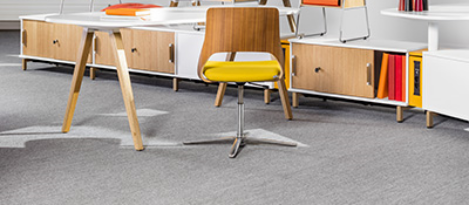
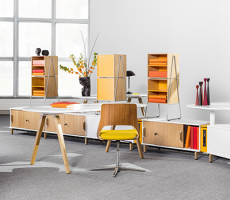 There is no doubt that the UK’s office based knowledge industry is facing a crisis in the form of a ‘wellbeing deficit’. Both the Confederation of British Industry (CBI) and Health and Safety Executive (HSE) have reported record levels of absenteeism, with the latter attributing 23.3 million lost working days to work-related ill-health, such as depression, stress, anxiety and musculoskeletal disorders. A great deal is already known about the causes of the key issues of employee stress and demotivation, but more work needs to be done to establish how organisations can meet their corporate goals with regard to these issues, whilst still engaging, motivating and nurturing their workforce. A significant body of published research has identified that a sense of ‘personal control’ can have a hugely positive impact on employee wellbeing, but how can we engender that control when it comes to creating a productive working environment?
There is no doubt that the UK’s office based knowledge industry is facing a crisis in the form of a ‘wellbeing deficit’. Both the Confederation of British Industry (CBI) and Health and Safety Executive (HSE) have reported record levels of absenteeism, with the latter attributing 23.3 million lost working days to work-related ill-health, such as depression, stress, anxiety and musculoskeletal disorders. A great deal is already known about the causes of the key issues of employee stress and demotivation, but more work needs to be done to establish how organisations can meet their corporate goals with regard to these issues, whilst still engaging, motivating and nurturing their workforce. A significant body of published research has identified that a sense of ‘personal control’ can have a hugely positive impact on employee wellbeing, but how can we engender that control when it comes to creating a productive working environment?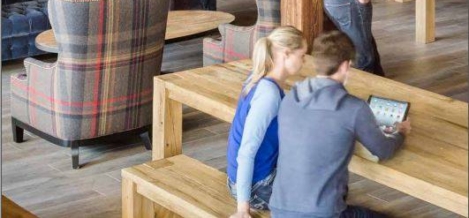
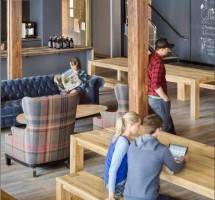
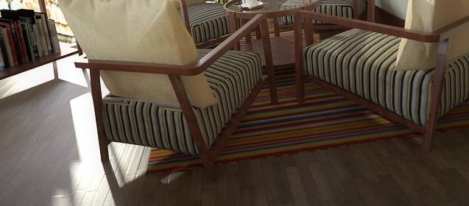
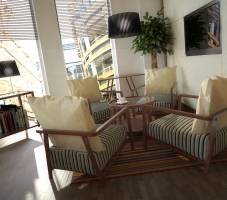
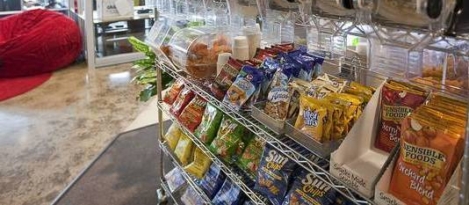
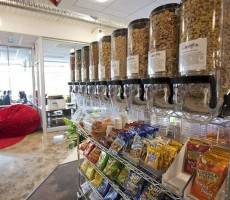
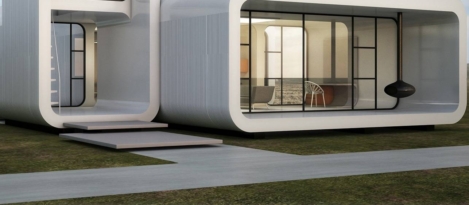
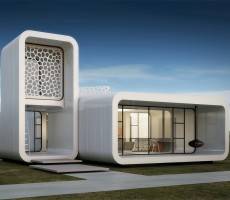









August 15, 2016
The traditional office is still very much alive, but it is changing 0
by Alex Gifford • Comment, Wellbeing, Workplace design
(more…)